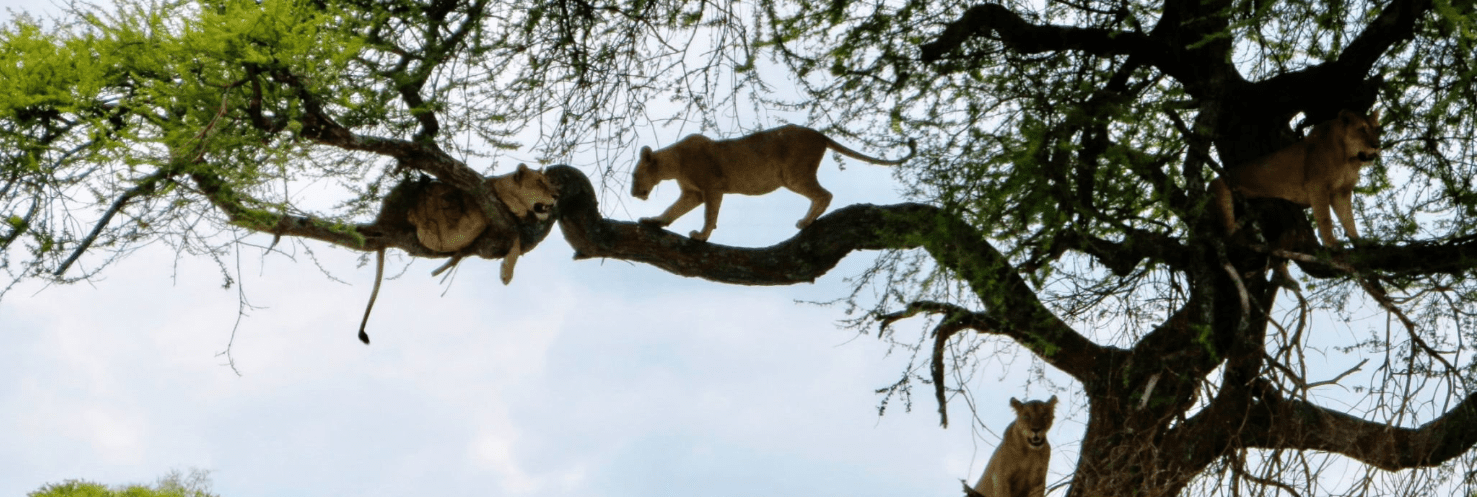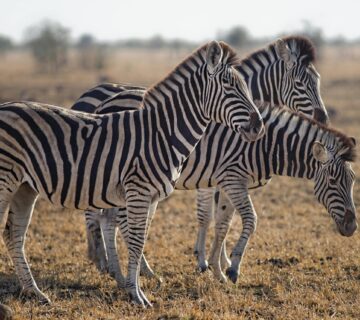How Does Lake Manyara Compare to Other Tanzania Safari Parks?
Birdwatching Paradise & Tree-Climbing Lions, Tanzania is renowned for its spectacular national parks and game reserves, each offering unique landscapes, wildlife, and safari experiences. Among these, Lake Manyara National Park stands out as a hidden gem, often overshadowed by giants like the Serengeti and Ngorongoro Crater. However, Lake Manyara holds its own with distinct features that make it a must-visit destination.
In this article, we will compare Lake Manyara to other major Tanzanian safari parks, examining wildlife diversity, scenery, accessibility, activities, and overall visitor experience.
1. Overview of Lake Manyara National Park of Birdwatching Paradise & Tree-Climbing Lions
Lake Manyara is a compact yet diverse park located in northern Tanzania, covering an area of about 330 km². It is famous for:
Tree-climbing lions (a rare sight in most parks)
Large flocks of flamingos on the alkaline lake
Dense groundwater forests (unlike the open savannahs of other parks)
Abundant birdlife (over 400 species)
Scenic beauty, with the Rift Valley escarpment as a backdrop
Despite its smaller size, Lake Manyara offers a microcosm of Tanzania’s ecosystems—from forests to grasslands and wetlands.
2. Comparison with Other Major Tanzanian Safari Parks
A. Lake Manyara vs. Serengeti National Park
| Feature | Lake Manyara | Serengeti |
|---|---|---|
| Size | 330 km² (small and compact) | 14,750 km² (vast and expansive) |
| Landscape | Forests, lake, Rift Valley escarpment | Endless plains, kopjes, riverine woodlands |
| Wildlife | Tree-climbing lions, flamingos, monkeys | Great Migration, Big Five, large predators |
| Birdlife | Over 400 species (excellent for birding) | Rich but less concentrated than Manyara |
| Crowds | Less crowded, quieter experience | Can be crowded during migration season |
| Best For | Birdwatchers, short safaris, scenic views | Wildlife spectacle, long safari adventures |
Verdict: The Serengeti is unbeatable for sheer wildlife abundance and the Great Migration, but Lake Manyara offers a more intimate, scenic, and bird-rich experience.
B. Lake Manyara vs. Ngorongoro Crater in Birdwatching Paradise & Tree-Climbing Lions
| Feature | Lake Manyara | Ngorongoro Crater |
|---|---|---|
| Landscape | Mixed forests, lake, cliffs | Volcanic caldera with open grasslands |
| Wildlife Density | Good variety but fewer big cats | Extremely high (Big Five easily spotted) |
| Birdlife | More diverse, especially waterbirds | Fewer bird species than Manyara |
| Accessibility | Easier to explore in half a day | Requires full-day game drives |
| Crowds | Less congested | Can get crowded due to high popularity |
| Unique Feature | Tree-climbing lions | Highest density of lions in Africa |
Verdict: Ngorongoro Crater is a wildlife paradise with guaranteed sightings, but Lake Manyara provides a more relaxed, bird-focused alternative with unique tree-climbing lions.
C. Lake Manyara vs. Tarangire National Park of Birdwatching Paradise & Tree-Climbing Lions
| Feature | Lake Manyara | Tarangire National Park |
|---|---|---|
| Landscape | Lake, forests, cliffs | Baobab-dotted savannah, riverine areas |
| Wildlife Highlight | Flamingos, monkeys, lions in trees | Large elephant herds, rare antelopes |
| Birdlife | More waterbirds and forest species | Good but fewer wetland species |
| Seasonal Appeal | Best in wet season (flamingos) | Best in dry season (elephant gatherings) |
| Crowds | Generally quieter | Moderate, busier in peak season |
Verdict: Tarangire is famous for elephants and baobabs, while Lake Manyara is better for birding and a mix of forest/lake scenery.
D. Lake Manyara vs. Selous (Nyerere) & Ruaha
(Comparing northern and southern circuit parks)
| Feature | Lake Manyara | Selous / Ruaha |
|---|---|---|
| Tourist Traffic | Moderate (northern circuit) | Low (remote, fewer visitors) |
| Wildlife | Good but not as vast as Selous/Ruaha | More wild, rare species like wild dogs |
| Activities | Standard game drives | Boat safaris, walking safaris, fly-camping |
| Landscape | Lake and forest | Miombo woodlands, rivers, rugged terrain |
Verdict: Selous and Ruaha offer more adventure and exclusivity, but Lake Manyara is more accessible and scenic.

3. Unique Advantages of Lake Manyara
A. Best for Birdwatching
With over 400 bird species, including thousands of flamingos, pelicans, and storks, Lake Manyara is a birding paradise—outperforming even the Serengeti and Ngorongoro.
B. Scenic Variety in a Small Area
Unlike the vast plains of the Serengeti, Lake Manyara packs forests, lakes, and cliffs into a small space, making it visually stunning.
C. Tree-Climbing Lions
This rare behavior is seldom seen elsewhere in Tanzania, making Manyara special for lion sightings.
D. Less Crowded
While Serengeti and Ngorongoro get packed, Lake Manyara remains relatively peaceful.
E. Ideal for Short Safaris
Due to its compact size, a half-day safari here is rewarding—unlike the Serengeti, which requires multiple days.
4. Limitations of Lake Manyara of Birdwatching Paradise & Tree-Climbing Lions
Smaller wildlife populations than Serengeti/Ngorongoro.
Seasonal fluctuations—flamingos are best seen in the wet season.
Not a Big Five hotspot—fewer rhinos and leopards than other parks.
5. Best Way to Include Lake Manyara in a Safari Itinerary
Since Lake Manyara is small, it pairs well with:
Ngorongoro & Serengeti (classic northern circuit)
Tarangire (for a varied 3-day safari)
Arusha National Park (for a soft introduction to Tanzanian wildlife)
A sample 5-day itinerary could be:
Day 1: Arrive in Arusha
Day 2: Lake Manyara (half-day game drive)
Day 3: Ngorongoro Crater
Day 4-5: Serengeti
6. Final Verdict: Is Lake Manyara Worth Visiting?
Yes! While it doesn’t compete with the Serengeti’s wildlife spectacle or Ngorongoro’s density, Lake Manyara offers:
✅ Unmatched birdlife
✅ Stunning scenery (forests, lake, cliffs)
✅ Unique tree-climbing lions
✅ A quieter, more relaxed safari
Best for: Bird lovers, photographers, those seeking a shorter safari, or travelers combining it with other parks.
Conclusion
Lake Manyara may not be Tanzania’s most famous park, but its unique mix of ecosystems, birdlife, and intimate safari experience make it a worthy addition to any Tanzanian adventure. For those exploring the northern circuit, skipping it would mean missing out on one of Tanzania’s most scenic and biodiverse hidden treasures.





